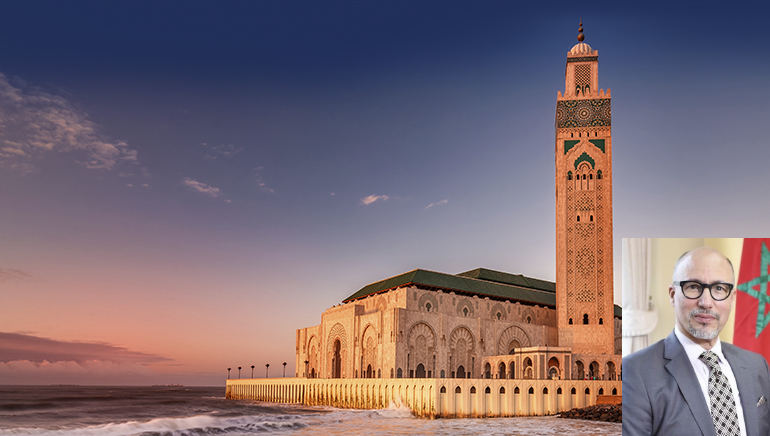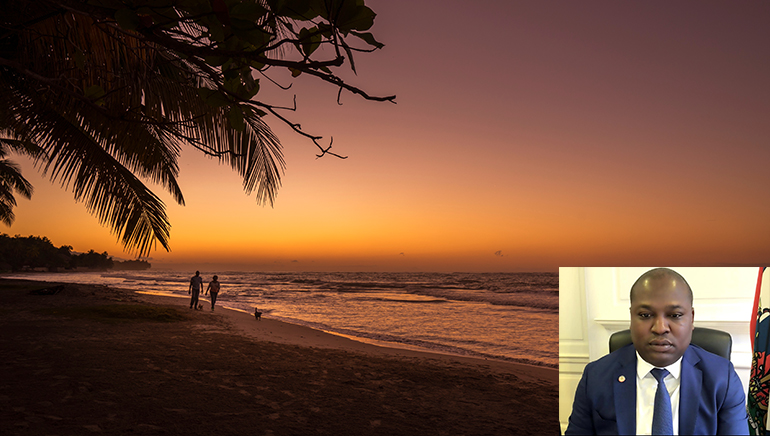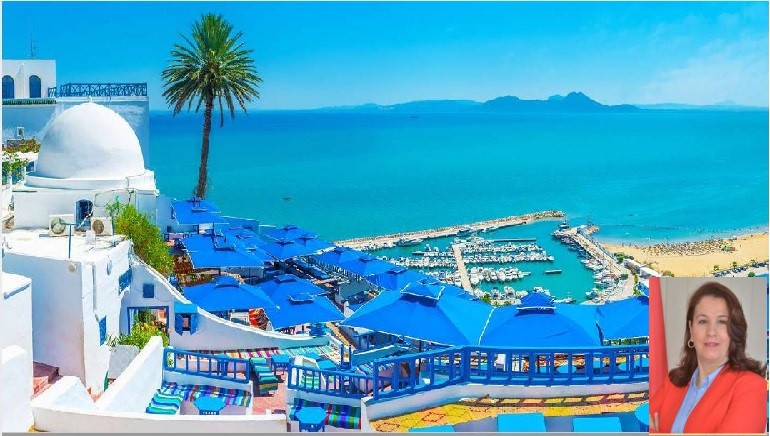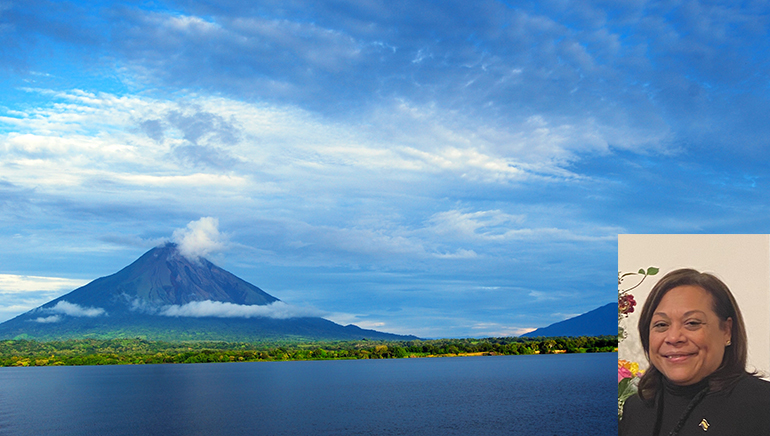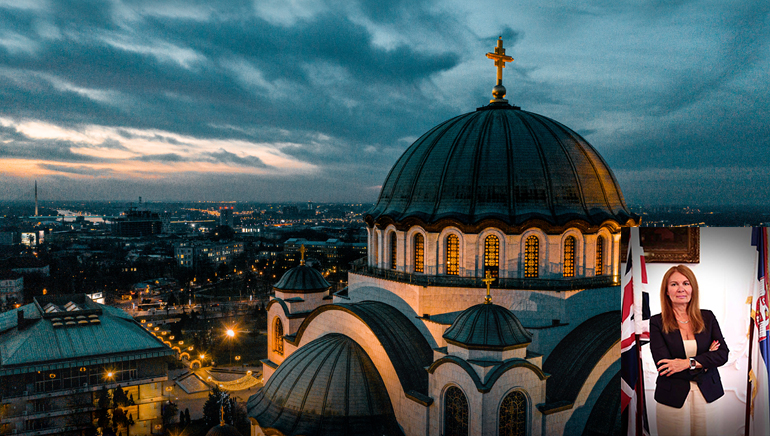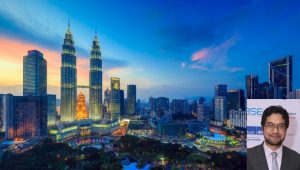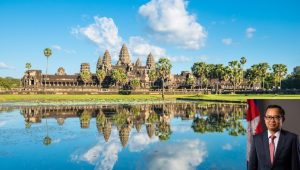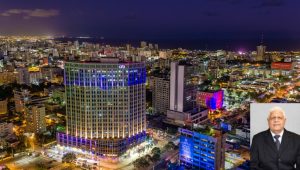By Paola Martani
My formula for a human achieving greatness is amor fati: the desire to accept things as they are, now, in the future, in the past, and for all of eternity. My formula is not only to bear, and certainly not to conceal, what is necessary (after all idealism is only mendacity in the face of what is necessary), but to love it.”
With these words, Nietzsche references a concept that unifies time and space, flies over snow capped mountains and salty seas, and encompasses centuries of different traditions. An invisible chain of these ideas can be traced from ancient Greece, during the first century after Christ, across the Asian steppe, and to the Japanese islands of the Heian period. However, this knowledge exists not only in the past, but surrounds our present and elongates itself into all our futures. It is like a life preserver thrown to us lost in the constant tide of events of modern life, in which merely stopping and breathing for a moment feels like an impossible luxury.
Modern society is like being on a racetrack where the minimum speed required is 100 kilometers per hour, and where the minimum requirements to stay in the race are achieving unattainable perfections of one form or another: a perfect body, a perfect career, and a perfect family. There is no forgiveness of any imperfections or missteps in this insane race. While change in all things is an inescapable law of the universe, this fundamental postulate of Mother Nature is in direct opposition to the unreachable ideals of the societies we have created.
While the notion of ‘perfection’ denotes a state of completeness, the continuous and perpetual movement of nature is testament that nothing can ever really be complete. In other words, all things are impermanent, incomplete and above all, imperfect. Consider the beauty of the passage of the seasons in the painted dance of colours, shapes, and emotions; the moments of inner sadness that allow us to see happiness; the tears that give meaning to smiles; the strangeness and peculiarity of the ‘inaccurate’ choices made an artist’s brush to attempt to capture the rarity of an entrancing flower. It is these smears of life, and the impossibility of perfection, that tell a story worth listening to.
The narrative repeatedly imposed on us by modern society to achieve the phantom of permanent happiness distracts us from the joy of savouring the gloriously imperfect journey of life. A futile search for an unobtainable complete happiness, in which we imagine we can finally feel complete, causes us to lose days, months, years, and sometimes our entire life; wasting our time to achieve the impossible only results in profound dissatisfaction and frustration. What then is the answer? Is there any way to achieve the happiness we desire so much?
One approach could be that instead of praying for perfection, it would be better to understand that achieving the chimera of completeness is a natural impossibility. Furthermore, wasting a life in an attempt to achieve an imagined utopia actually crushes the thrust and joy of existence which should actually stem from striving for a state of contentment in the here and now. This contentment comes from an acceptance, rather than a sense of dissatisfaction, of what life actually provides us with, even if sometimes it does not conform to what we would like. We should instead glorify imperfection as a natural condition that allows us to burst into smiles of happiness after moments of tears, in the awareness that to achieve genuine completeness we should strive to be as we are in each distinct moment. Instead of wishing for an unobtainable perfection, we should strive for the ability to love each other on every step of our journey. The key word is acceptance. We must accept life as it is; accept ourselves; accept the air that enters the lungs and allows us to breathe.
ACCEPTANCE
It is this philosophy of acceptance that I want to write about today. These are ideas that stem from the mountain paths of Japan, which run over the peaks of Dewa Sanzan where everything is silent except the chirping of birds and the gurgling of streams. The philosophy stems from a place of pilgrimage for those in search of rebirth of body, spirit, and mind, where in the steep paths one can hear the unbroken whispered mantra ‘Uketamo’ – ‘I humbly accept with an open heart’.
The Yamabushi, the wandering monks who submit themselves to a harsh mountain life in their search for truth, immerse themselves in nature and hours of walking. By foregoing speech, they are more completely immersed in the experience of the moment that surrounds every nuance. Whether it is the tiredness of their muscles in each step of their climb, the refreshment that the icy water of the waterfalls brings to their tired bodies, or the relief they feel when they arrive at the shukubo, or ancient huts, each moment is considered a chance to breathe the pulse of existence and to embrace the truth that the sooner one can learn to accept the good and the bad that comes one’s way, the sooner one is able to reach freedom and true growth.
Profound awareness and acceptance of the present moment that the Yamabushi strive to achieve allows freedom from the suffering produced by the constant desire to be better. The Yamabushi understand that true individual growth comes from complete immersion and involvement in the challenges that are encountered on the path of life.
That said, it should be made clear that Uketamo, as with the stoic notion of amor fati and the essential characteristic of Nietzsche’s superman, does not merely denote a simple acceptance of destiny or fate. In other words, there is no sense of just resigning oneself to what happens, and neither is the concept just suggesting we should necessarily say ‘yes’ to a path designed by others or by a superior entity. Instead, Uketamo represents an unconditional love for life, for one’s being, for one’s choices. It is love for being part of a world full of mistakes, attempts and imperfections. It is the love of living through moments of joy and moments of chaos and shadow. It is the affection we feel for ourselves. It can be seen in the gaze that a mother has for her child as she learns by experiencing life in successes and difficulties with tenderness and understanding. It is self-acceptance and acceptance of one’s position in the world by both striving to continuously improve our lives, but also being proud of every step we take. It is saying yes to life in all its forms, and understanding that the much-desired enlightenment and completeness, the famous ethos of Zen, is not a state of total tranquility, but rather a living through every single moment within the terms of that moment: an acceptance of the imperfect flow of life.
The lesson of Uketamo is to accept and be grateful for where you are at all times. It is a process of building a better future through the liberation of pandering to the illusion that you will only be happy tomorrow. Through Uketamo, the goals set are achieved through a constant process of rejoicing and constructing the dream in the present.
This idea is not new, or connected only with one part of the world, but is narrated in every global latitude and longitude throughout history. However, due to being overwhelmed by the constant lie promoted today that leads us to believe that we will be happy ‘only when….’, this truth is continually being lost in the illusionary fog of the belief that there will be a day when we will reach perfection. This fixation on a mirage of an imagined better future means we live through the gray of a series of ‘mediocre’ days. By not paying sufficient attention to the present, we lose the bright colours available to those who know how to stop and enjoy them.
Thus, mindful of the teaching that permeates this land, I fly through history and from West to the East. I pause in a Ryoanji temple in 17th century Kyoto to contemplate an ancient inscription on a tsukubai stone. Four characters that by themselves are meaningless, but when truly seen their intended context, and when combined with the edges of the central square, reveal their meaning ware tada taru wo shiru (I only know contentment).
CONTENTMENT
Contentment granted by the acceptance of what I am in the present as I truly look at myself and feel gratitude for what I am and have.
Uketamo teaches us that the root of all unhappiness arises from spending all our waking hours gazing into the distant future and so looking ‘out of our lives’. We search for what we are missing, instead of opening our eyes to the present and realising what we already hold in our hands.
Acceptance of what one is creates gratitude. This gratitude creates contentment, and this contentment creates a desire to improve oneself with full confidence that one can grow more by becoming aware. Accepting includes the intention to action in the future, while constantly and continuously finding true happiness in the present. Perhaps there is such a thing as perfection and complete beauty, and perhaps that perfection is every moment of every day.
Uketamo is a smile that no longer needs to be saved for a chimeric tomorrow. It is living today for today. It is because my heart is beating at this moment. It is because I want to hear those beats at the moment.






